5 Cost cutting tips for the savvy CFO & CEO
- January 9, 2024

Once upon a time, Paul McCartney sang: “Yesterday, love was such an easy game to play.” But he may as well have been crooning about trying to thrive in business in 2017. Because in contrast to the business world of yesterday, the economy is no longer predictable, competition is higher than ever, and technology is making things paradoxically simpler and more complex.
So as the global economy grows more erratically, China slows down, monetary conditions tighten and capital gets harder to come by, the savvy CEO/CFO has some tough financial choices to make. Luckily, it’s 2017 and there are several ways to cut costs that make the most of these challenging and yet exciting times we live in.
CFO cost cutting – here’s how to do it in 2017:
1. Slash energy
Oil prices may be down, but in our current ‘green’ transition, energy prices are most definitely on the rise. The good news is that a huge chunk – up to 30 per cent – of your energy bills are actually wasted, so if as CFO you aren’t looking to keep those dollars and help the planet at the same time, you’re simply missing the mark.
It is mostly very big companies that do energy audits, but the cost of looking into this practice – where an auditor assesses energy use and advises how it could be done more efficiently going forward – could easily be offset by the big potential savings.
2. Soar into the cloud
If this second decade of the 21st century has been all about the digital revolution, then what is the headline digital technology of the past couple of years? Without a doubt, it’s the cloud.
The fast-moving pace of modern technology may be exciting, but it also requires a CFO who is willing to move just as quickly in embracing the benefits – and one of the main advantages of the cloud is undoubtedly the slashing of costs.
It’s not just capital expenditure bills that are lower via the cloud, but also reduced energy and storage bills, lower staff costs and the cheaper outsourcing of disaster recovery.
Top tip! When reviewing different cloud services make sure you look out for their partner programs which link you up to qualified, vetted experts in that software. Some of these even have different tiers for the partner’s experience with the software. Xero, for instance, has a strong partnership program with levels from bronze right through to platinum.
3. Get smart about travel
Luckily, unlike power, the cost of business travel hasn’t skyrocketed in recent years. But for the smart CFO in 2017, just because those bills are spiking doesn’t mean there aren’t easy ways to reduce travel spending by planning better.
Perhaps yours is an organisation that doesn’t do a lot of travel – in which case you probably don’t have an official policy document that regulates it. But if you create one and those rules are stuck to, staff will be limited to the sort of fares, hotels, daily allowances and travel expense claims they can use along the way. Also, by planning ahead, you’ll get access to the sort of cheaper fares that ‘last minute planners’ can only dream of in their frantic rush.
4. Go remote
Think about ‘your organisation’. Did you envisage your physical headquarters? Studies into the world’s most successful businesses show that in 2017, successful employers are no longer sitting at a fixed desk at a fixed address all of the time, nor requiring their staff to do so.
That’s because a big chunk of the business workforce can actually work from home – or somewhere else other than ‘work’. This is made possible by technological advances like high quality video conferencing and remote connectivity, and the cost benefits are obvious. Demands on office space, energy, transport, utilities, supplies, parking and more all head south, and the savings for the CFO race into the thousands per employee over the longer term. And the best thing? Your best staff absolutely love those flexible hours.
5. Outsource your bookkeeping
Businesses have always outsourced, but in 2017 it has become one of the headline ways CEOs and CFOs can slash costs. In the past, outsourcing was often done mainly to offload an area your business doesn’t love doing – like bookkeeping. But outsourced bookkeeping is now an easy way to cut costs while not compromising at all on quality, whether you’re a small or a big business.
Today’s best bookkeeping services use actual accountants that can help steer a path to success and prosperity – and that’s where the cost savings only begin. There’s no training of staff, no employee benefits to pay, no hardware or office space required, no constantly keeping up with best practice – and that’s still not the end of it. Your outsourced bookkeeper will upgrade their own equipment and resources, hone their own skills, and never miss something that could mess up your books and cost you a fortune. At the same time, you keep your eye on what makes the most money for your business rather than worrying about managing your in-house bookkeeper.
At the end of the day, all of these cost cutting tips have a single thing in common – they’re the brainchildren of a smart, savvy and modern CEO or CEO. Make sure it’s you.
Share this on
Recent Articles
-
Why Insurance Is Critical When Choosing an Accounting Outsourcing Provider
-
Top Benefits of Outsourcing Back-Office Accounting for Small Businesses
-
How Outsourced Bookkeeping Elevates Small-to-Medium-Sized CPA Firms’ Performance
-
Mastering US Tax Deadlines: Your Comprehensive FAQ and Checklist for Success
